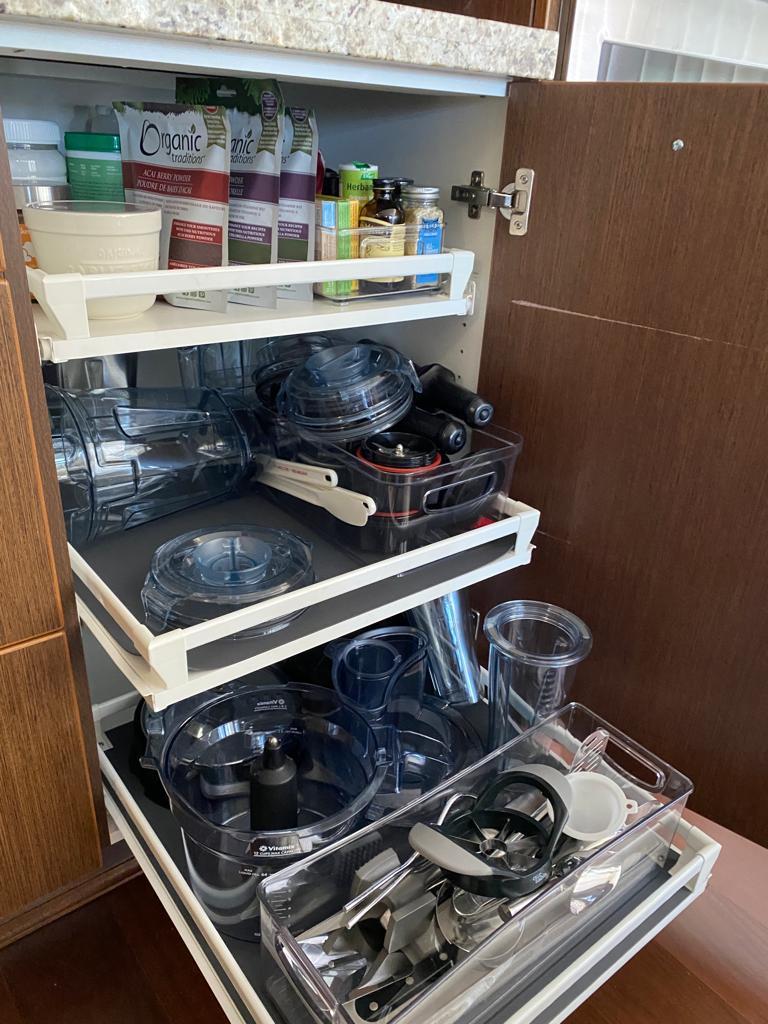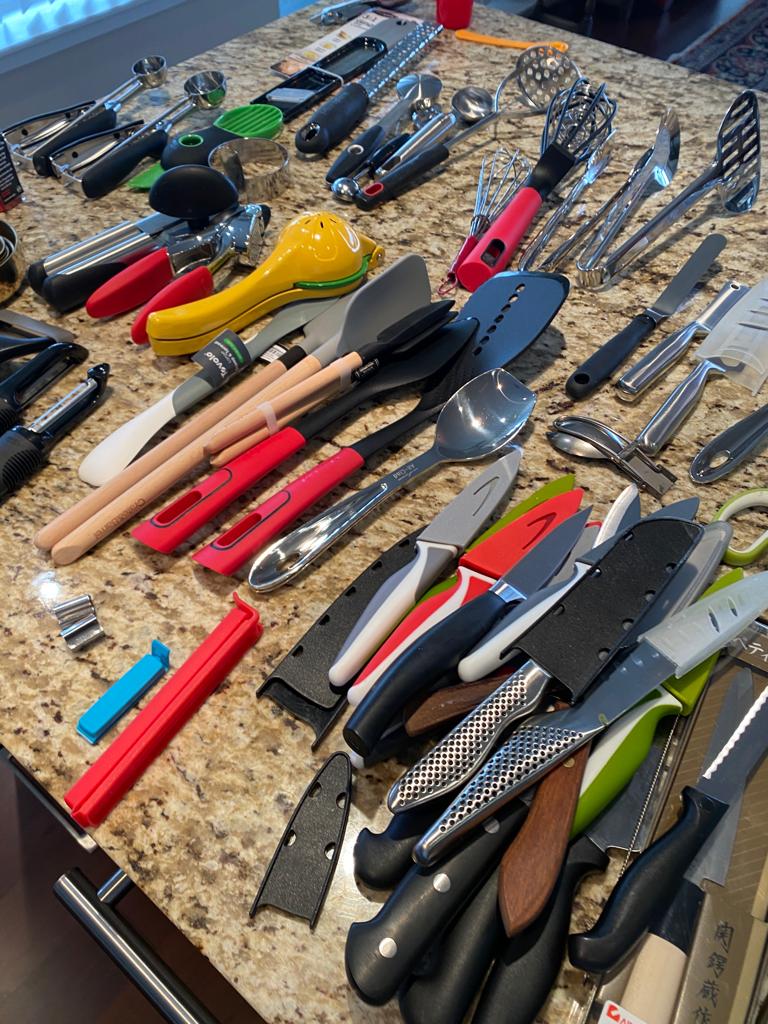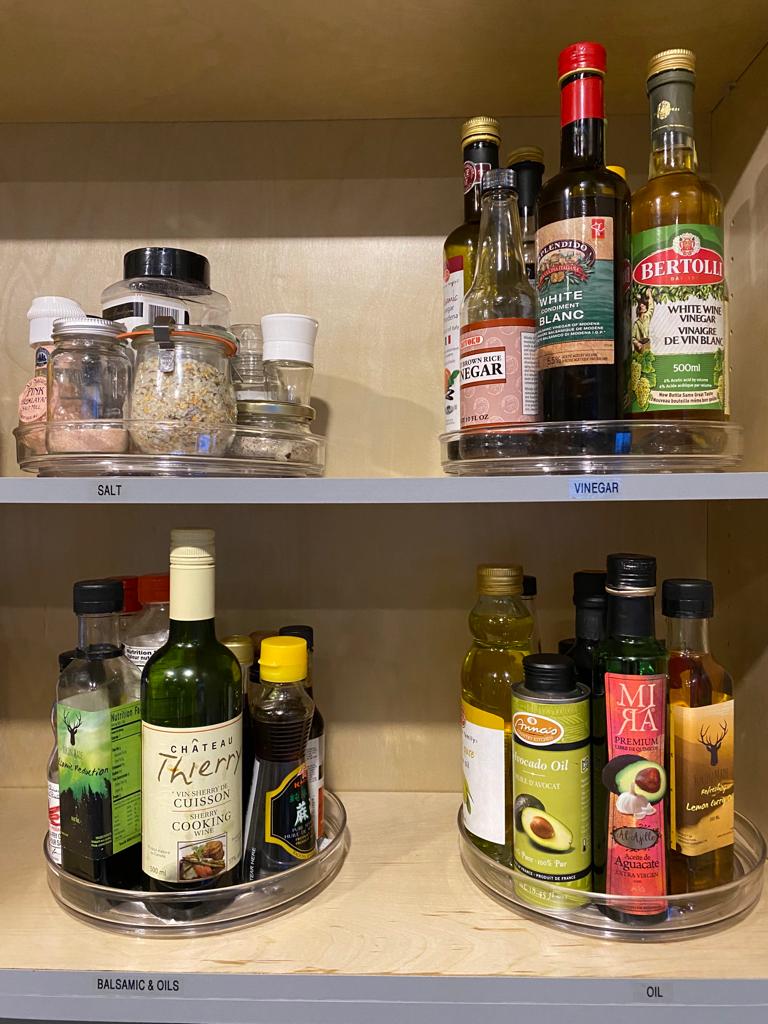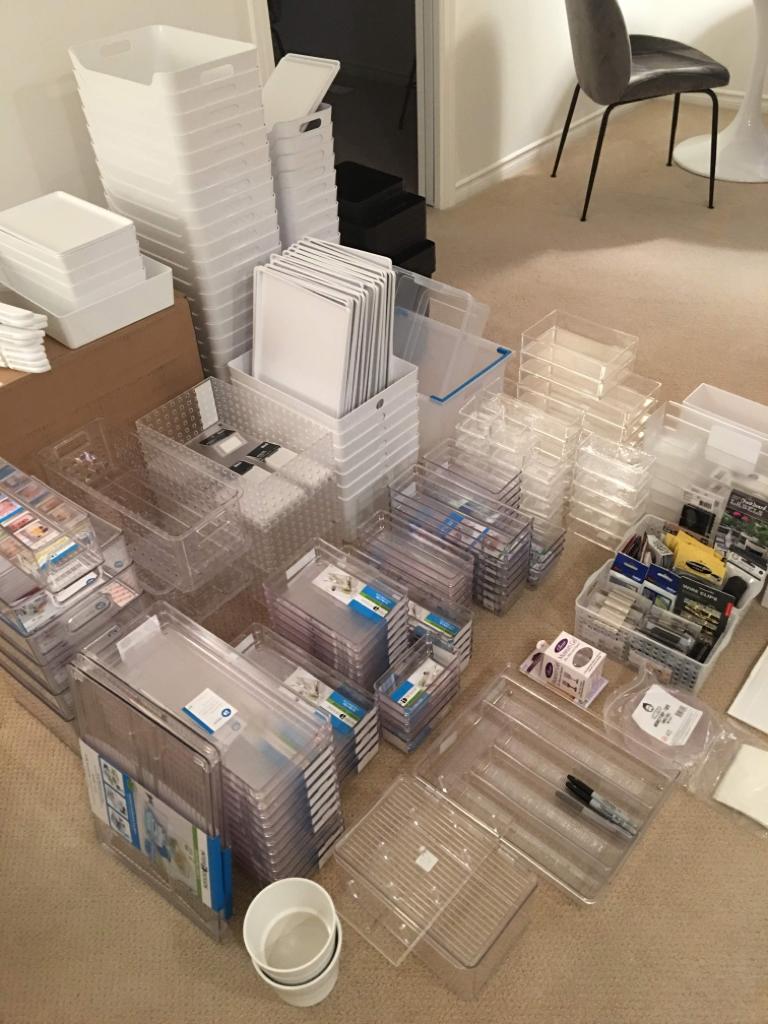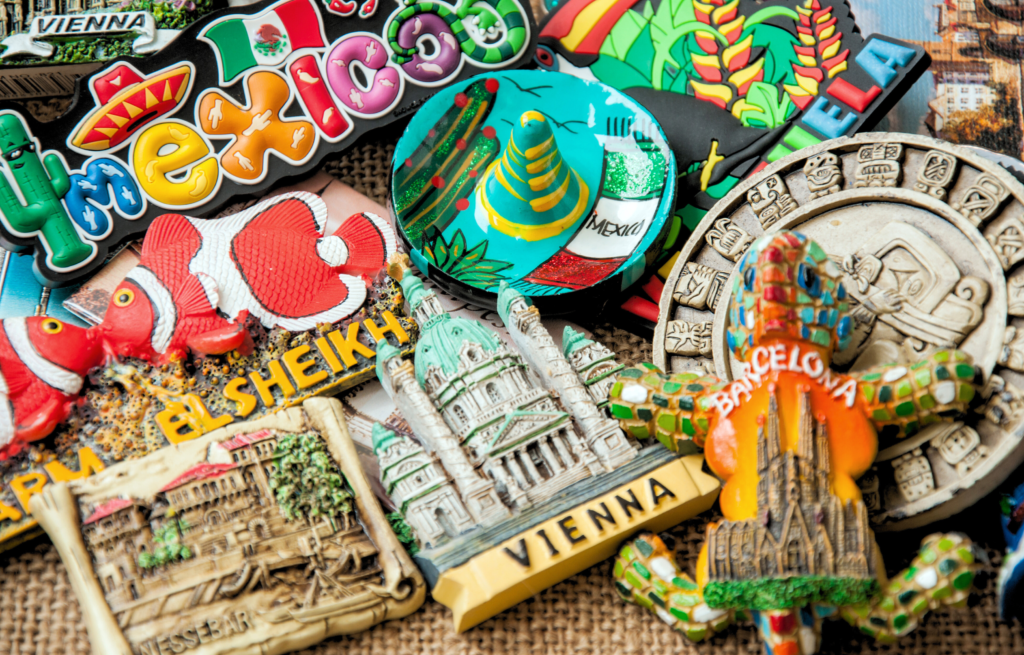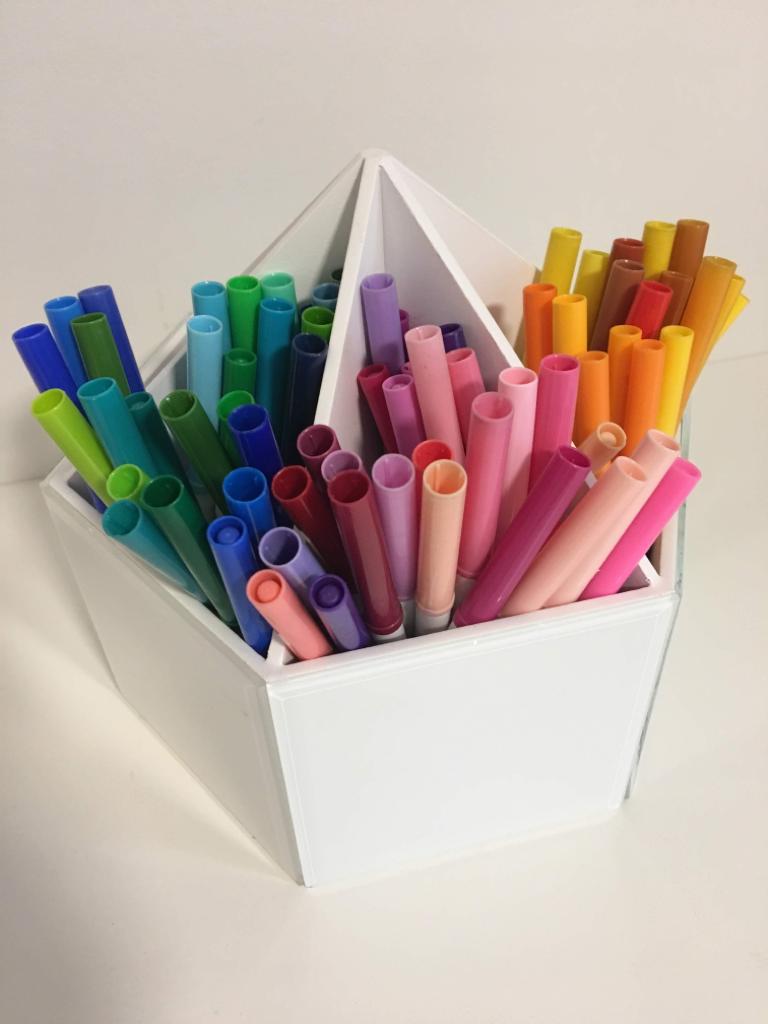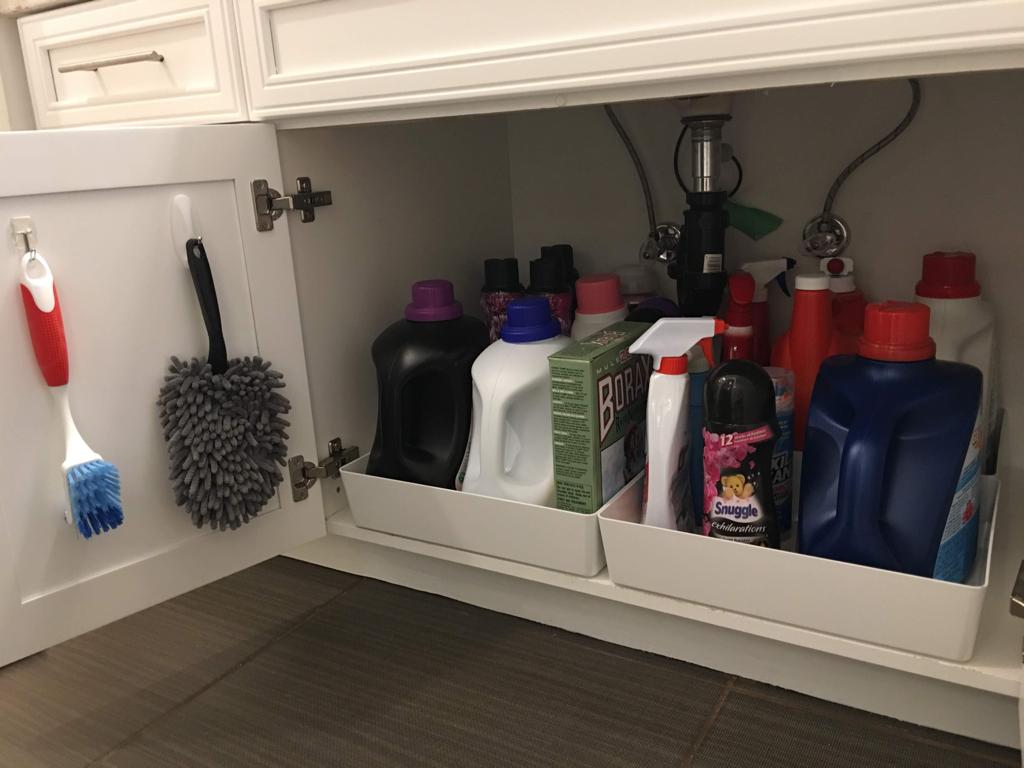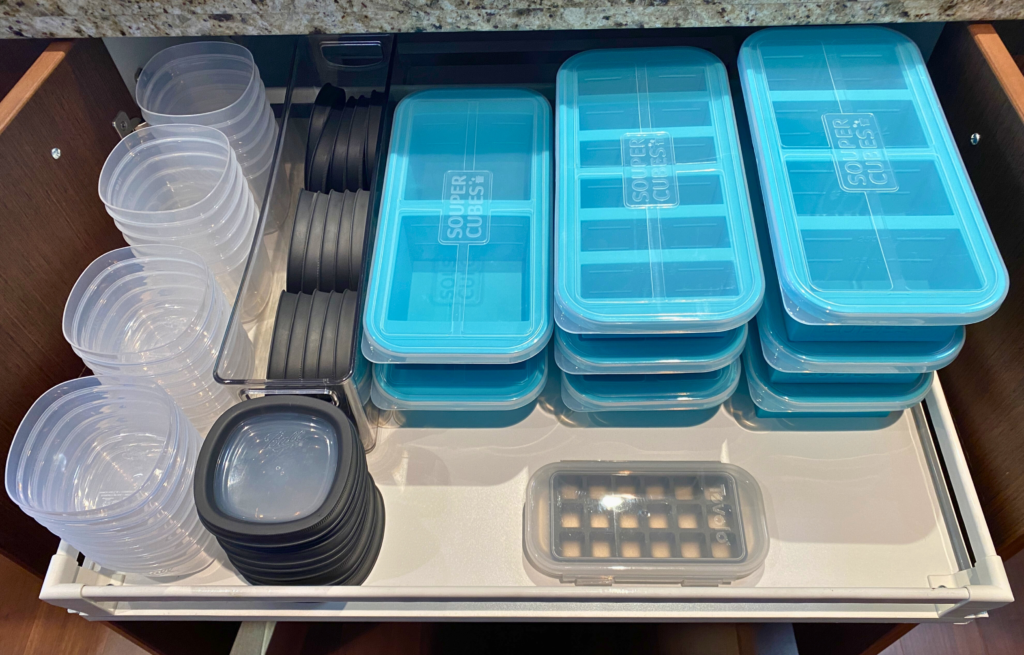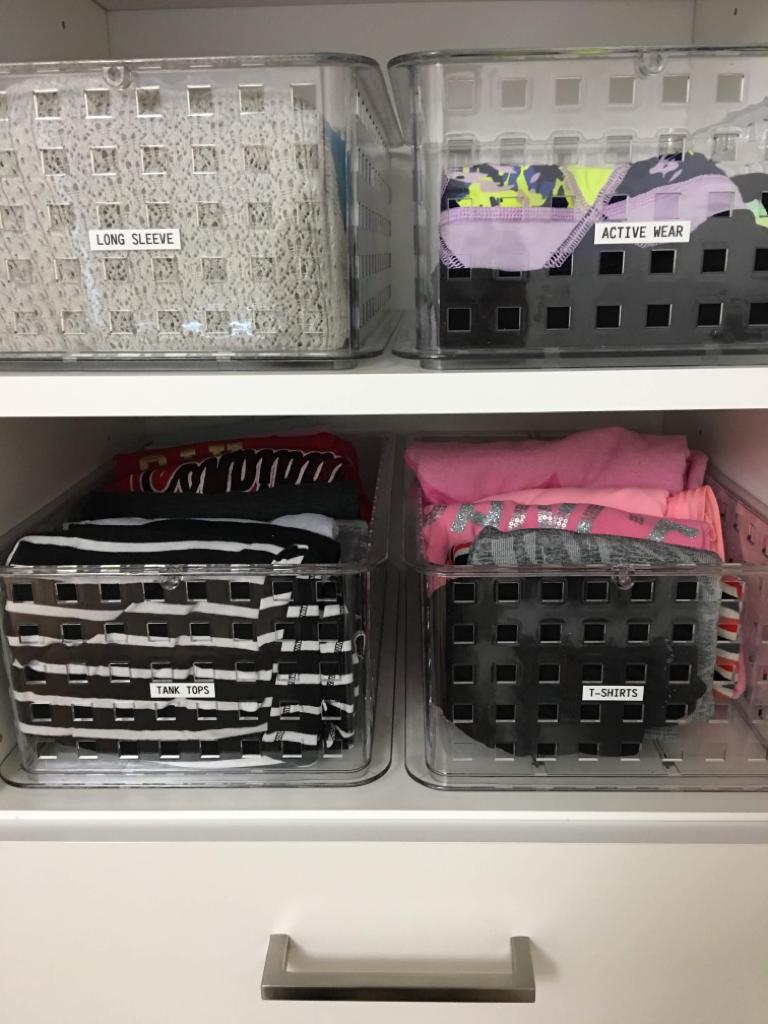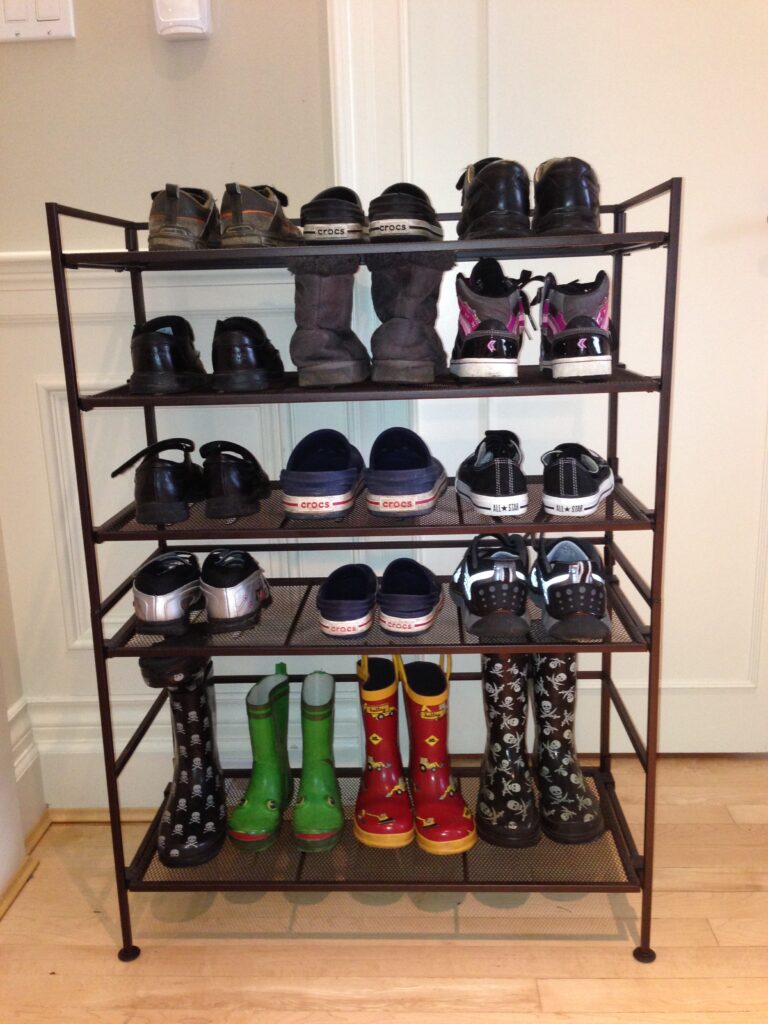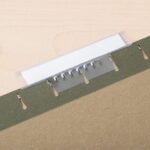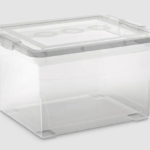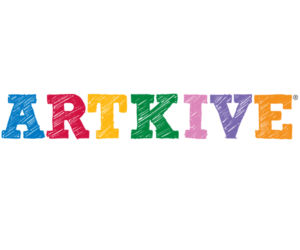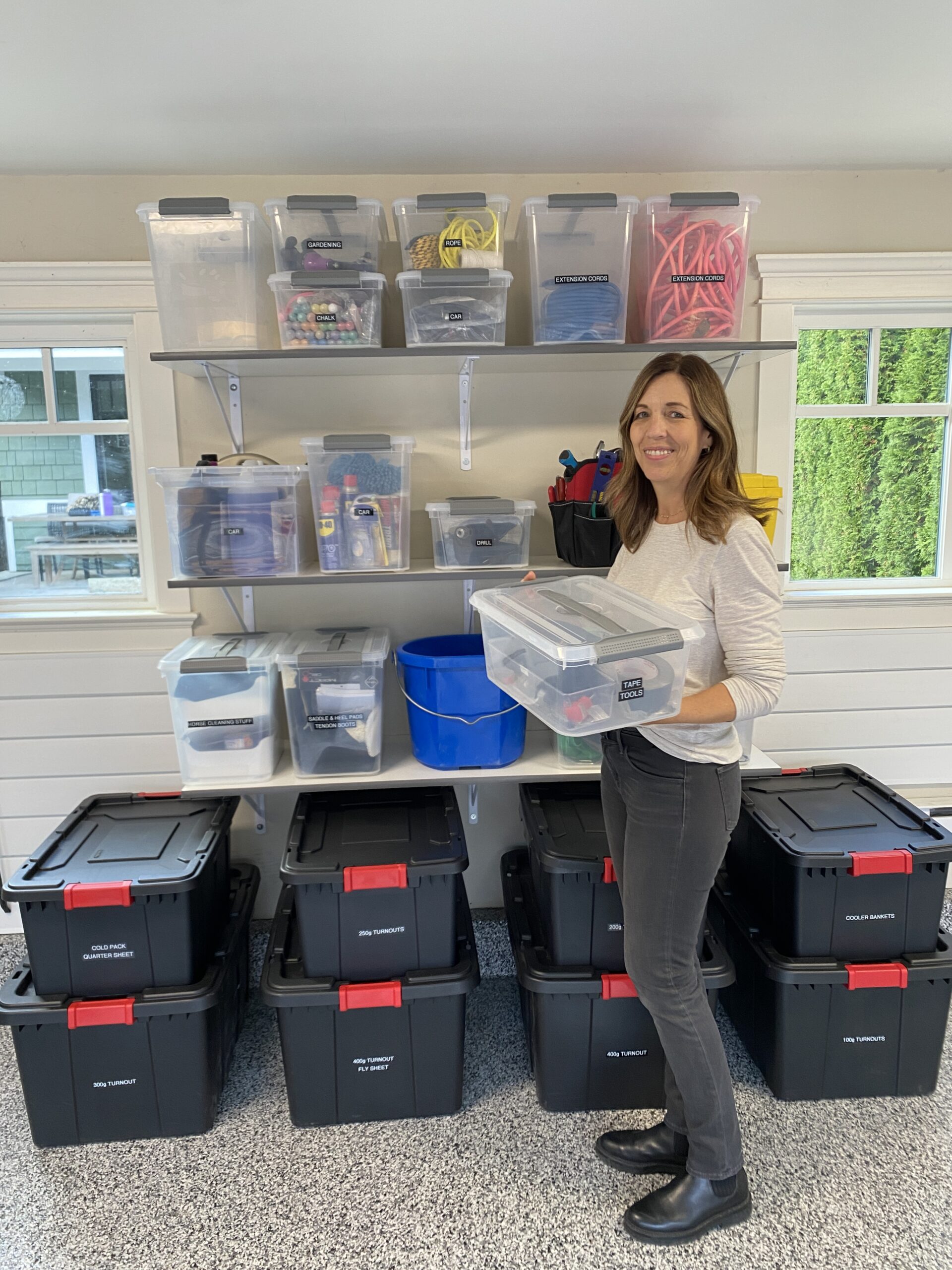
Organizing the perfect summer picnic is a wonderful way to combine spending quality time with loved ones and enjoying the great outdoors!
Whether you’re planning a romantic date night or a fun family weekend, arranging a picnic is sure to create beautiful memories. In this article, I’ll be covering everything you need to know about organizing the perfect summer picnic; from choosing the ideal location, packing essential supplies, and planning for any type of unexpected event.
And remember to set a great example for your children and others. A successful picnic not only involves enjoying the moment but also taking responsibility for cleaning up afterward!
✨ FREE DOWNLOAD ✨
Summer First Aid Kit Checklist
Be confident in any summer emergency!
✨ FREE DOWNLOAD ✨
Summer First Aid Kit Checklist
Be confident in any summer emergency!
Organizing The Perfect Summer Picnic
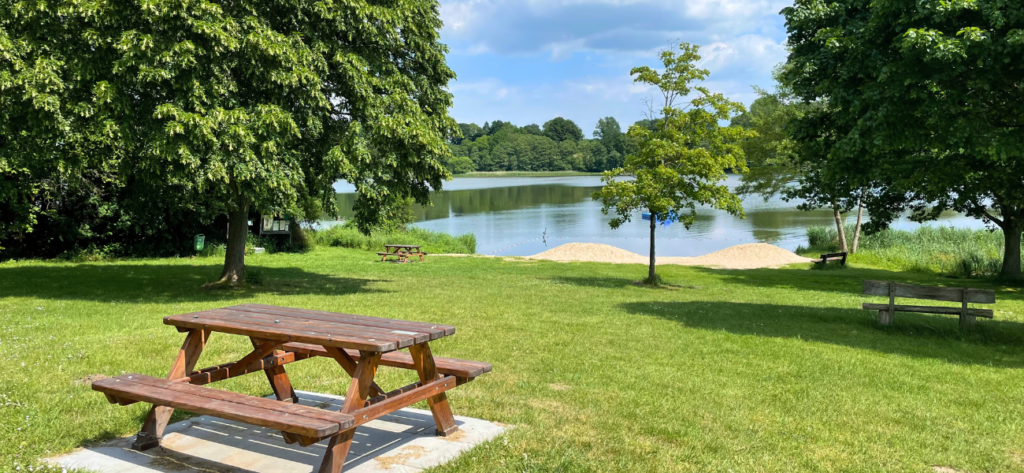
Planning the Location
Scout and Pick The Perfect Spot:
Finding the perfect picnic spot is important for setting the right vibe! As well as making sure that your just-in-case weather preparations will work as desired if you need to use them.
Consider a location with picturesque views if you’d like to take photos, such as a grassy park, beach, or scenic lookout point. Take some time to scout the area in advance and choose a spot that offers enough space for everyone to relax comfortably. In some large, busy cities it can even be required to book your spot and required parking in advance, so make sure to check your favorite park’s requirements well before planning anything else! If kids are coming along, make sure there will be an area for them to play after the meal as well!
Check Out Parking Options:
Before the big day, research parking options near your chosen picnic spot. Ensuring convenient parking will save you from any unnecessary hassle or stress on the day of the event and allow you to set up your picnic with ample time. If you’re inviting guests who will be meeting you there, forward any necessary parking information to them as well.
Pinpoint the Nearest Public Bathroom:
It’s always wise to be prepared, especially if you’ll be bringing little ones along. Since nobody likes a last-minute scramble while hopping from foot to foot, make sure you have at least one option in mind before the big day. Research where the nearest public bathrooms are so you can provide directions for guests during your picnic.
Consider the Area’s Popularity:
This step is important if you want to avoid the disappointment of arriving and finding out your perfect spot has been filled by others! Find out how busy the area typically is on the day you’re planning your picnic. Google Maps can be a good reference if you are going to be at a public park as they have stats of when the busiest days and times are. Either way, plan to arrive early so you can secure your desired spot and not have to set up in a rush.
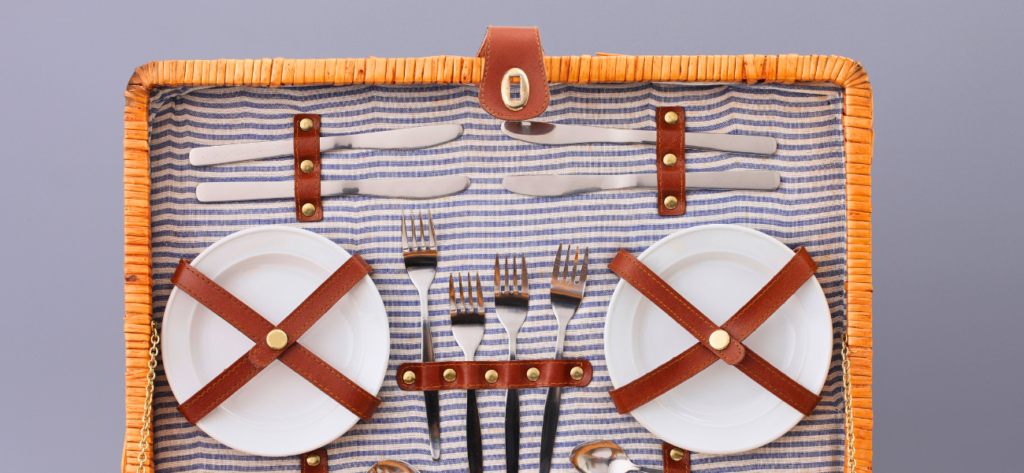
Supplies
Seating and Preparation:
Ensure you have comfortable seating by bringing along an outdoor blanket with a waterproof bottom. Some picnickers like to use a mini folding table or tray for a bit more table height and convenience. Additionally, you may want to bring wide, firm pillows for those who prefer sitting above the ground or even picnic chairs if needed.
Another way to spruce up the ambiance is to bring a portable speaker and make a curated picnic playlist in advance!
Picnic Basket Necessities:
Pack a well-equipped picnic basket or tote bag to store all your picnic necessities. To keep your food in its best condition until the event starts, bring ice packs and even a few extra in case you will need to keep some leftovers cool on the way back.
Think about including a camera to capture special moments, sunscreen to protect your skin, bug repellent or a citronella candle to ward off unwanted bug guests, and table decorations to create the imagined atmosphere. To make sure the fun doesn’t stop after eating, don’t forget to bring some cards, a board game, or a light outdoor activity to enjoy after the meal!
Serving it Up:
Gather all the necessary serving supplies well in advance. There’s nothing worse than arriving late because you were looking for something last-minute!
This includes plates, utensils for eating and serving, napkins, cups, and plenty of water. Bring a bottle opener if you plan on enjoying some beverages that will require one. Pack a cutting board and a sharp knife for any on-site food preparations. Additionally, bring salt, pepper, and any other desired condiments. This is a great time to use those extra condiment packets from takeout places I know we’ve all been “saving!” 😉
Cleaning Essentials:
Prepare for easy cleanup by bringing paper towels, wet wipes, some dishtowels (also good for packing plates and breakable items during transit), and extra food containers. Ziploc bags are also handy for packing up dirty utensils or storing leftovers. Pack a few trash and recycling bags to ensure you’re walking away from a clean space afterward. Consider bringing reusable bags to collect and transport your picnic supplies if you plan to bring a lot of items for setup.
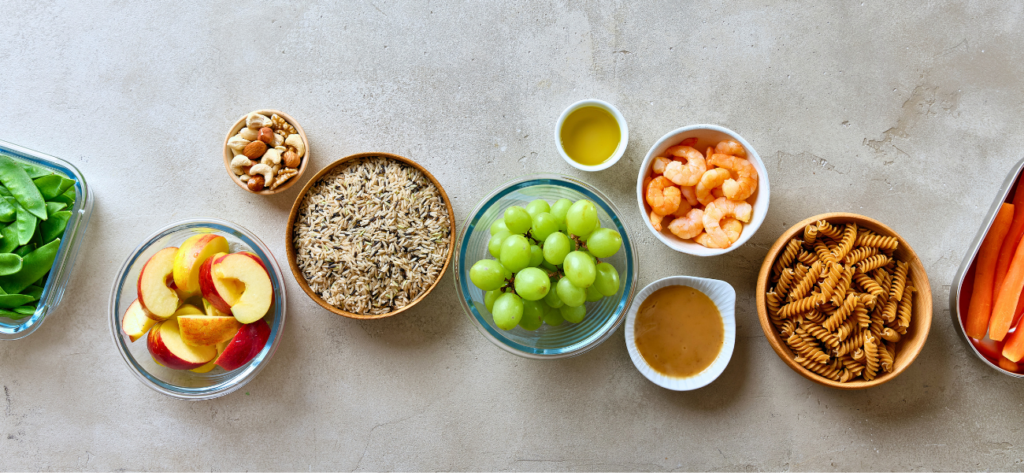
More Tips
Keep it Fresh:
To keep your salads and sandwiches fresh, pack any wet dressings or condiments separately in small jars. Add them to your food once you’ve arrived at the planned picnic spot. This prevents the ingredients from getting soggy during transport!
Weather Preparedness:
Always be prepared for unexpected weather conditions when picnicking. Bring blanket weights or other wind deterrents to secure your blanket. If the sun is scorching or there is a possibility of rain, pick a spot with shade from trees, bring a gazebo that’s quick to set up and take down, a pop-up tent, or some large umbrellas.
Food Considerations:
Plan your picnic menu in advance, considering any allergies, dietary preferences (vegetarian/vegan), or a specific theme. Think about the ingredients, required preparation time, sealed containers to protect from bugs, and ice coolers for perishable items. If you’re having a potluck-style picnic, use Google Keep’s note feature to share with your guests so everyone is on the same page with what to bring! Pack a variety of drinks for guests to quench their thirst!
A successful picnic involves not only having a fun day with loved ones but also taking responsibility for leaving the environment as you found it (or even better!). Once you’ve finished your meal, be sure to clean up after yourselves. Dispose of trash properly and ensure recyclable items are separated as needed.
By practicing good picnic etiquette, you contribute to preserving the beauty of nature and ensure that future picnickers can enjoy the same great experience! So, gather your loved ones, follow this guide, and embark on an unforgettable picnic adventure!
Do you have a favorite picnicking spot? Comment below!
Like this article?
You’ll love this one
Essentials for Your Summer First Aid Kit
Don’t know where to start decluttering?
Sign up for my free newsletter so I can send you the best organizing tips and strategies each week.
(and some freebies, too!)


